Some of the links in this post may be affiliate links.
Alocasias are enormously popular among tropical plant enthusiasts, and Alocasia cuprea ‘Red Secret’ is a stunning collector’s plant. The almost metallic appearance of the leaves is truly unique. Keep reading to discover care tips for this amazing Alocasia.
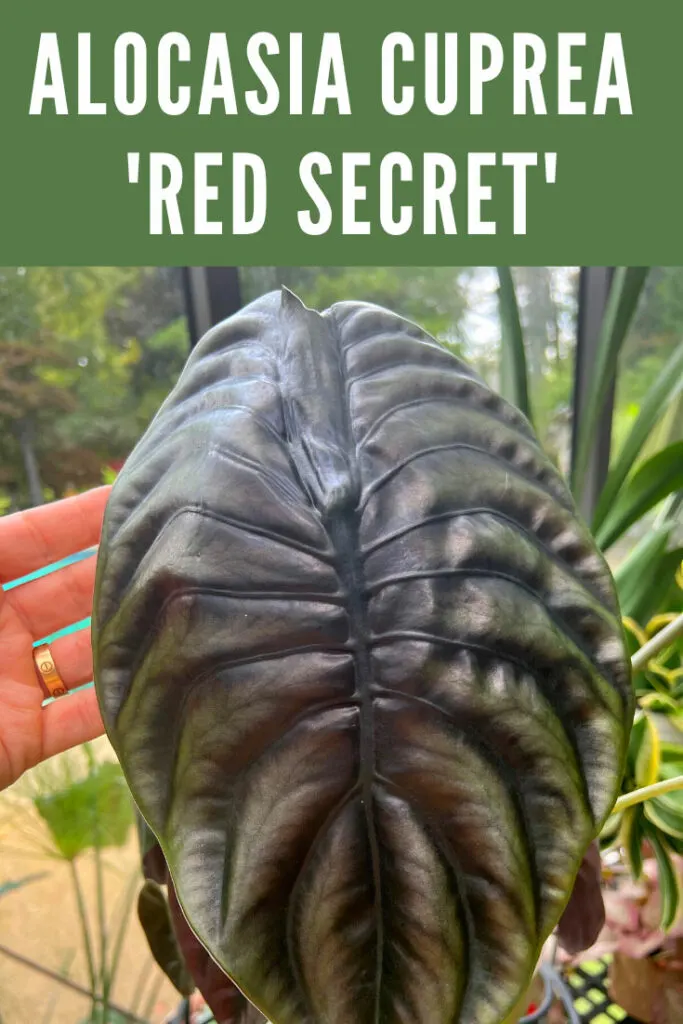
Alocasia cuprea is native to Borneo where it grows on the rainforest floor. The foliage is almost irridescent, and it said that these plants have adapted this trait in order to reflect more light among its foliage more light is at a premium where they grow.
The arrow shaped leaves start off a gorgeous, coppery red or maroon sheen. As the leaves mature, they turn a very dark green, become deeply ridged, and the veins appear almost black.
If you’re looking for a more uncommon, and shall I say, “rare” Alocasia, this is a great one for your collection. The “cuprea” in the botanical name Alocasia cuprea, comes from the coppery appearance of the foliage.
Alocasia cuprea ‘Red Secret’ is also part of what is commonly known as a Jewel Alocasia, which is a group of smaller growing Alocasias.
Table of Contents
ALOCASIA CUPREA RED SECRET CARE TIPS
1. LIGHT
This plant has adapted to lower light in its native island of Borneo, but indoors, place it right in front of a window that has anywhere from no direct sun, and up to half a day of direct sun, such as that provided by an Eastern facing window or a Western facing window.
Although you may have read in other sources that they do not like direct sun, indoors they can take some direct sun since light intensity indoors is much less than it is outdoors.
And not only can they take it, but it is very beneficial for growth.
Be careful in the wintertime if you live in an area with dark winters and short days. You may want to move your plant to the sunniest window that you have just for the winter time, or supplement with a grow light.
If you don’t increase the light during wintertime, like any Alocasia, it can trigger dormancy. Once light levels increase again, your plant will start back up into growth.
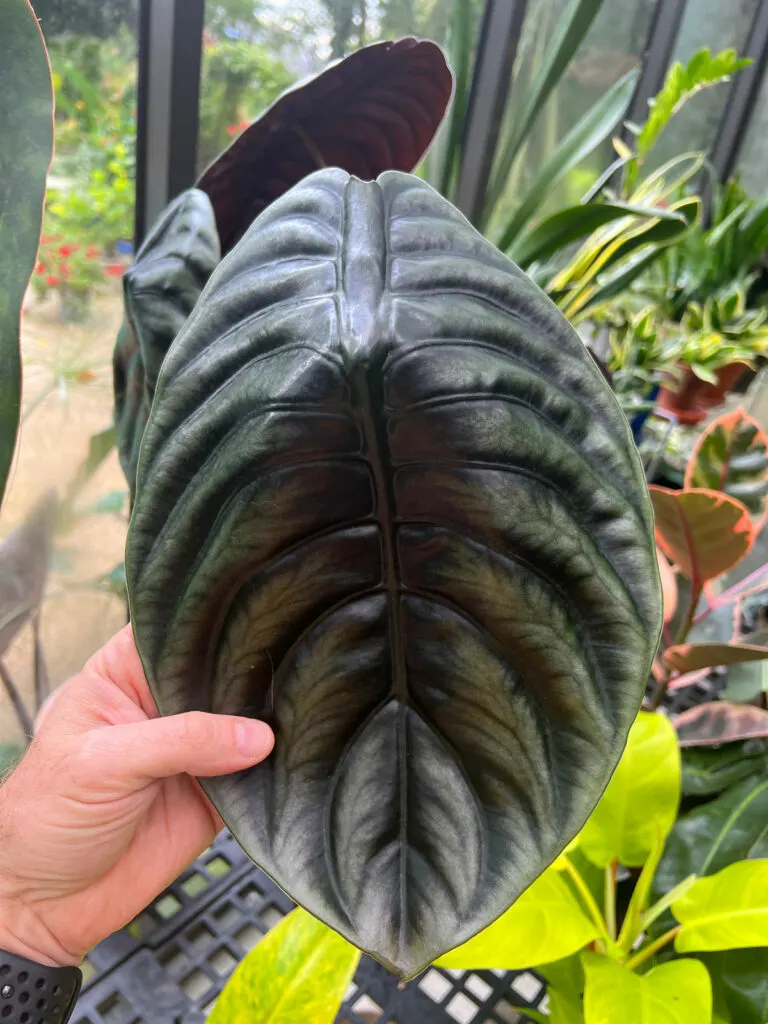
2. WATERING
Wait until the top 1-2 inches or so of the potting mix has gone dry before watering thoroughly again. These are moisture loving plants, and they do NOT like to dry out completely otherwise dormancy will be triggered.
Dormancy doesn’t mean that your plant is dying, but rather, think of it as the plant going to sleep temporarily when conditions are not favorable.
In the wild, these plants will exhibit a seasonal drought, and at this time they may lose some leaves, but they will come back when rains start up again.
If you can provide consistent conditions year round, your plant will not go dormant. But if you have allowed your plant to go too dry for too long, know that it will come back! Alocasias are more resilient than we give them credit for.
On the opposite end, never allow your plant to sit in water for extended periods of time as this can promote root rot. Always discard any excess water that accumulates in the saucer or cache pot.
3. FERTILIZING
Regular fertilization while your plant is actively growing is important. My fertilizer of choice is Dyna-Gro Grow.
I use this fertilizer for all my tropical plants, and you will see a wonderful difference with regular use. It contains all the major and micro nutrients that plants need to grow.
It is also urea-free, so the risk of fertilizer burn is greatly diminished. Try Dyna-Gro Grow for yourself and experience the difference it can make!
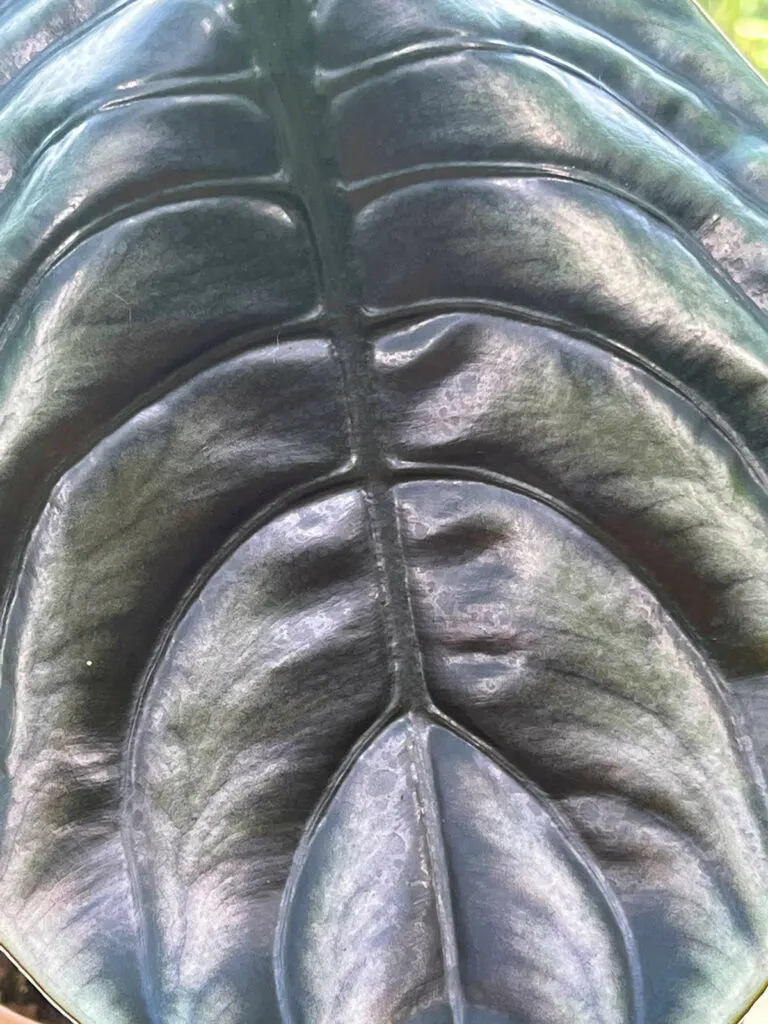
4. POTTING MIX
There is no one, magic potting mix that will work. Many types of potting mixes will work as long as you adjust appropriately with watering and growing conditions.
Many people like to use equal parts potting mix, perlite and orchid bark as a traditional mix for aroid plants.
If you don’t want to bother with mixing your own, try out the Pray For Us blend from Oh Happy Plants.
It has special moisture retentive properties, but is chunky enough that you don’t have to worry about your mix staying too wet! It’s a wonderful, turn-key mix that eliminates all the guess work.
I’ve used Pray For Us on many types of plants including Alocasias, Prayer Plants and more. Read up more on the Pray For Us blend, and you will get 10% off automatically at checkout if you use my link!
5. TEMPERATURE
Alocasias hate the cold, and they prefer consistent, warm temperatures for best results. Do you know what happens when they get too cold? You guessed it…dormancy may be triggered.
For best growth, keep your plant in the 60-85°F temperature range (16-29°C).
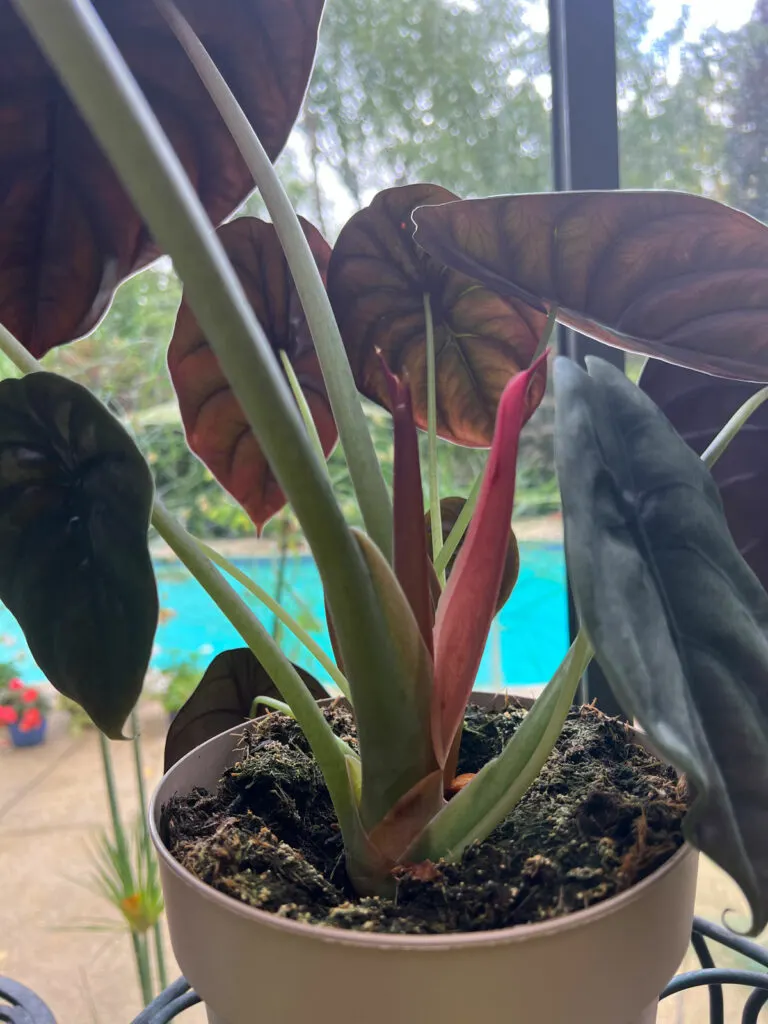
6. HUMIDITY
These are humidity loving plants and they need higher humidity for best growth. Aim to increase humidity to at least 60% if you can.
Alocasias are prone to spider mites, especially when being grown in low humidity.
7. PROPAGATION
Alocasia ‘Red Secret’ process offshoots at the base of the plant. The plant will continually form bulb-like corms.
I’d recommend leaving the offshoots and not removing them since they will continue to gain nourishment from the mother plant. If you do choose to divide them, wait until the offshoots have grown quite a bit.
If you separate the offshoots when they’re too small, the resulting plant may be stunted for a while.
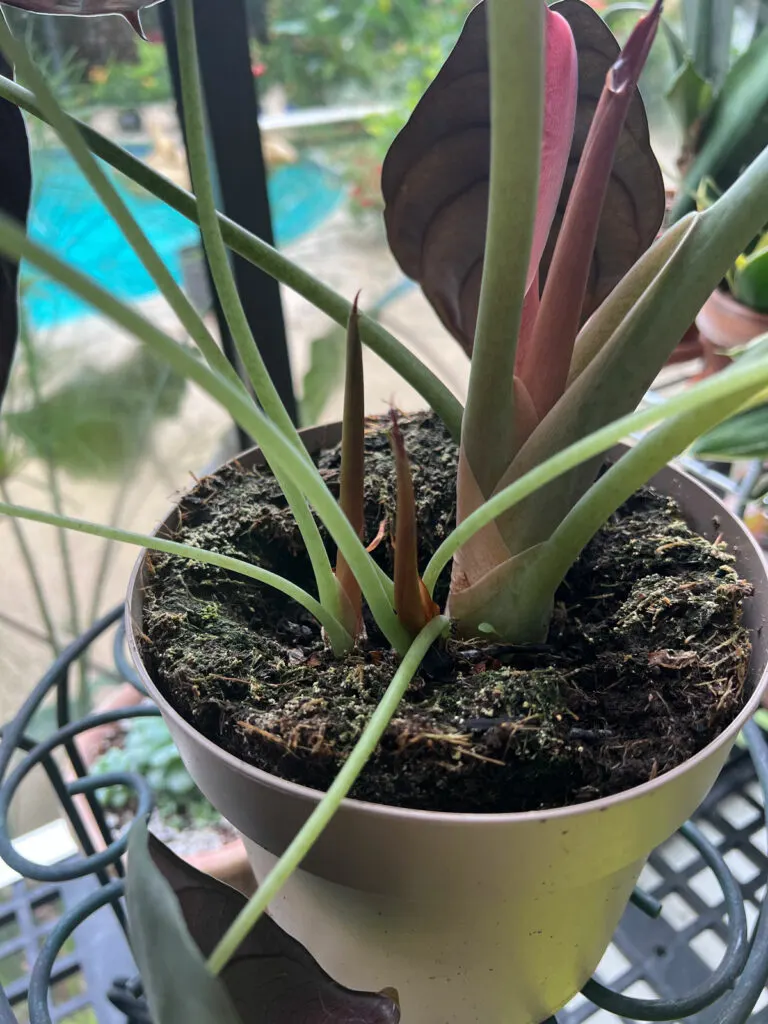
Looking to purchase a Red Secret? Check out the Mythic™ Alocasia cuprea Red Secret from Proven Winners.
If you are obsessed with Alocasia plants, be sure not to miss my Alocasia types post where you can explore some stunning species and cultivars of Alocasia to grow in your home.
I hope you’ve enjoyed this post on Alocasia cuprea ‘Red Secret’. Do you have this plant? Comment below. I’d love to hear!

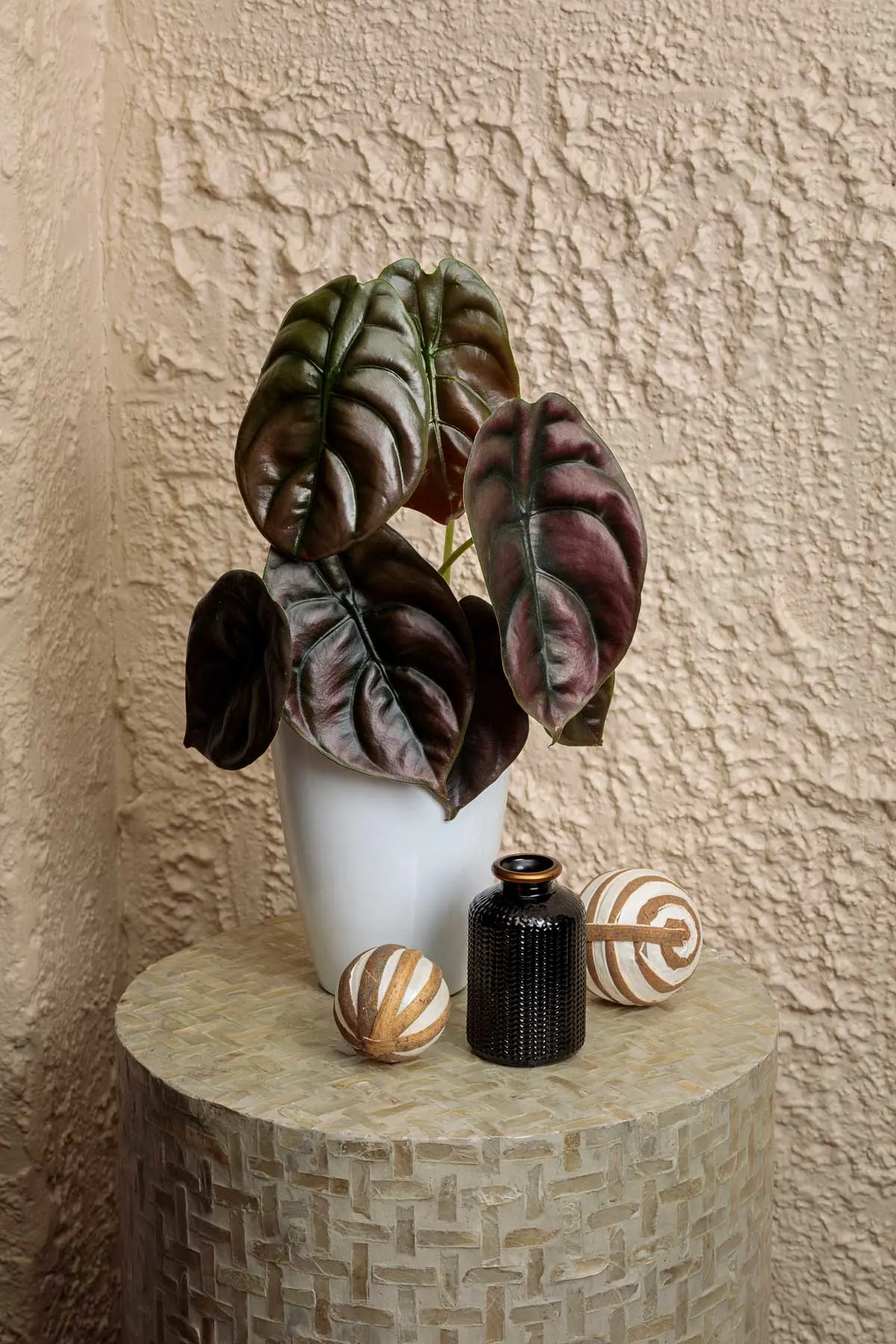
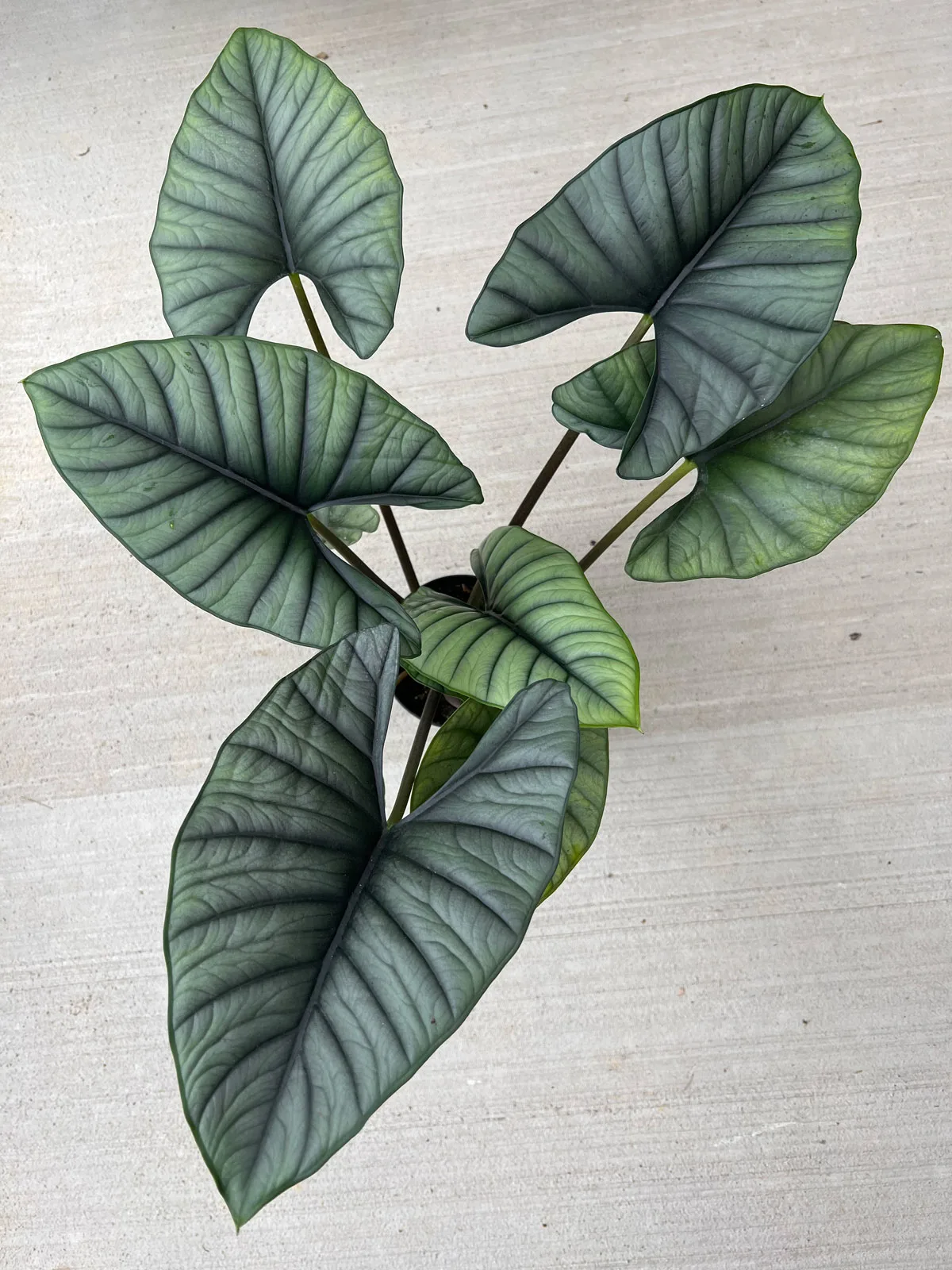
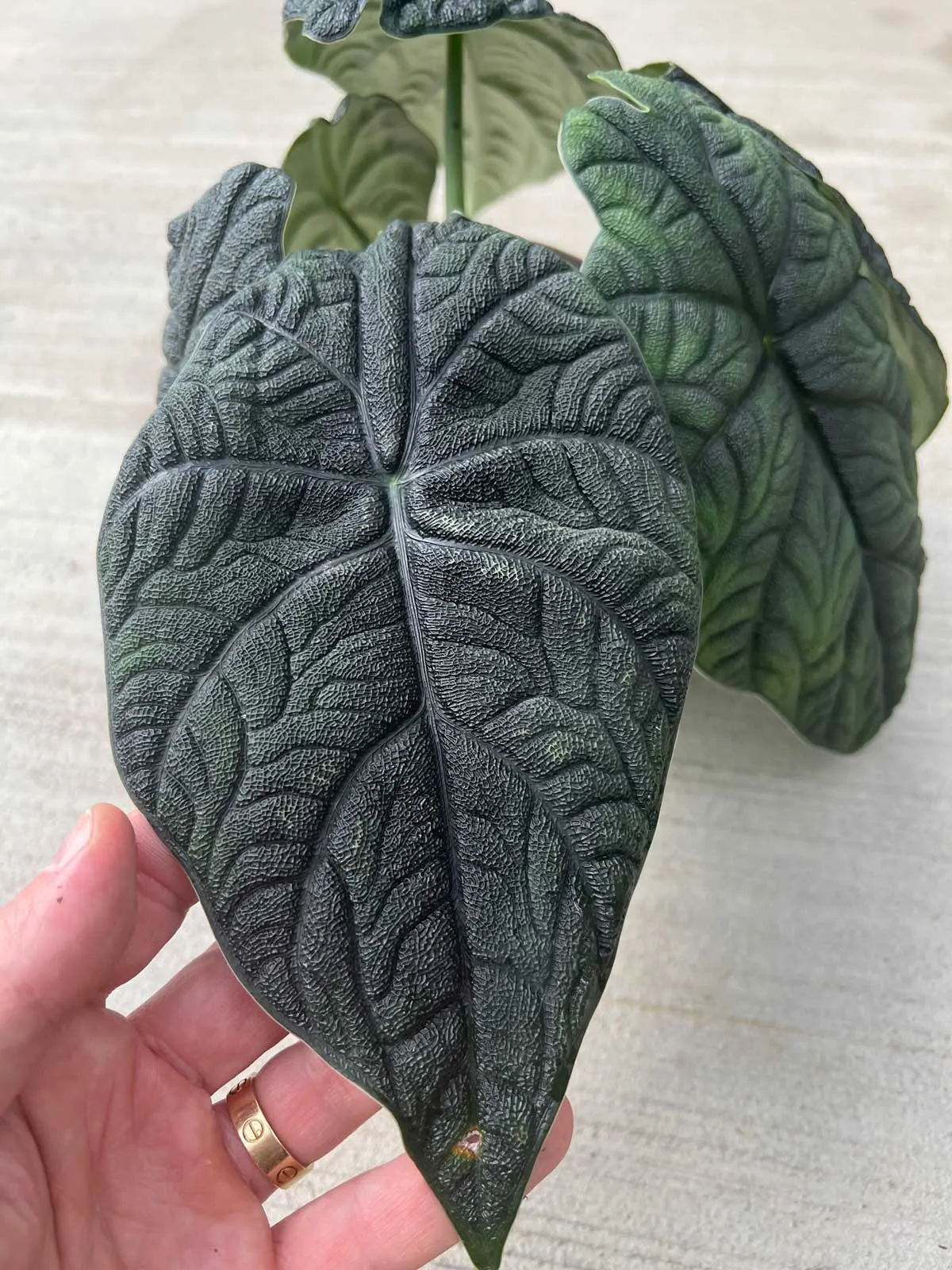
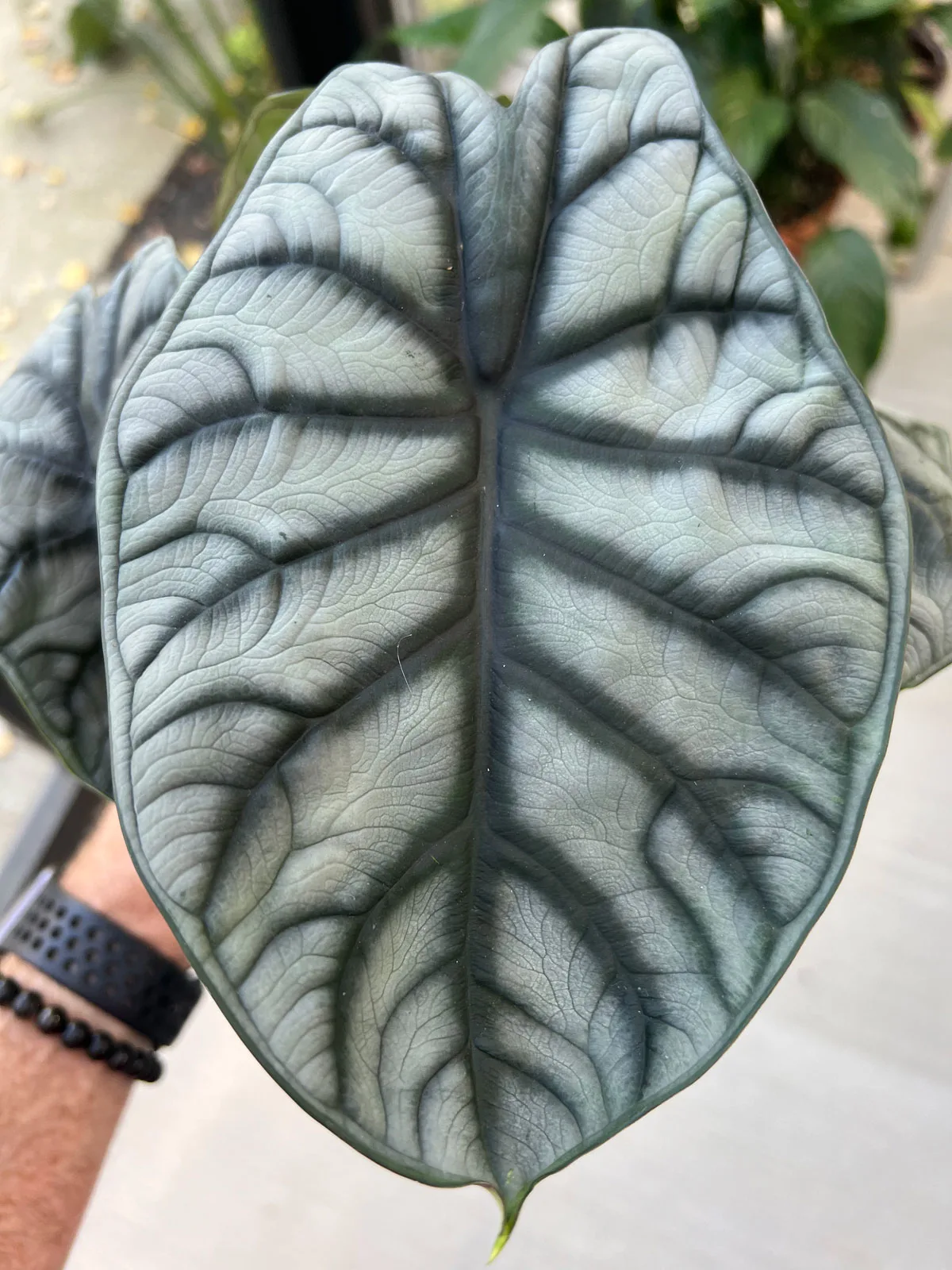
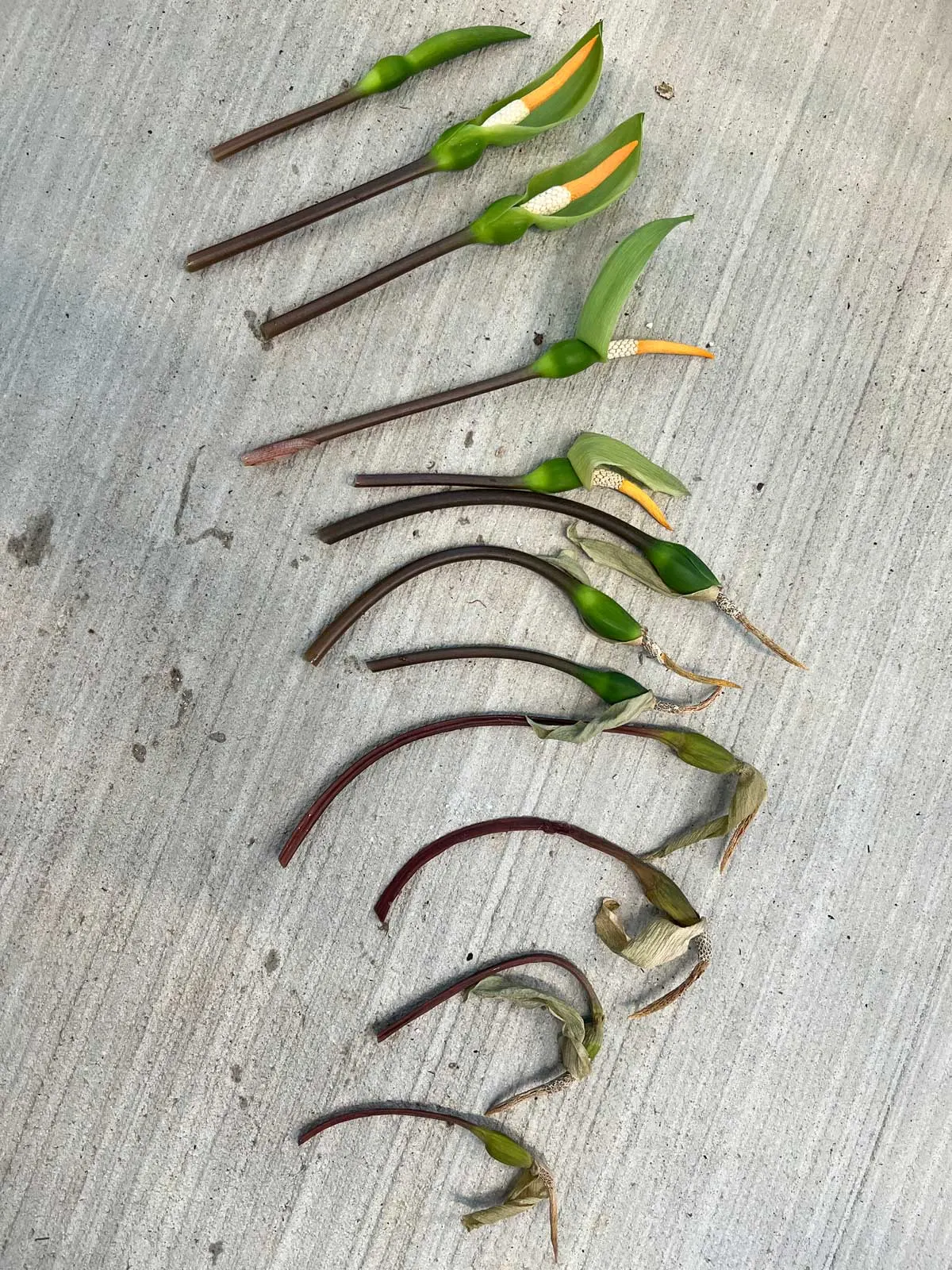
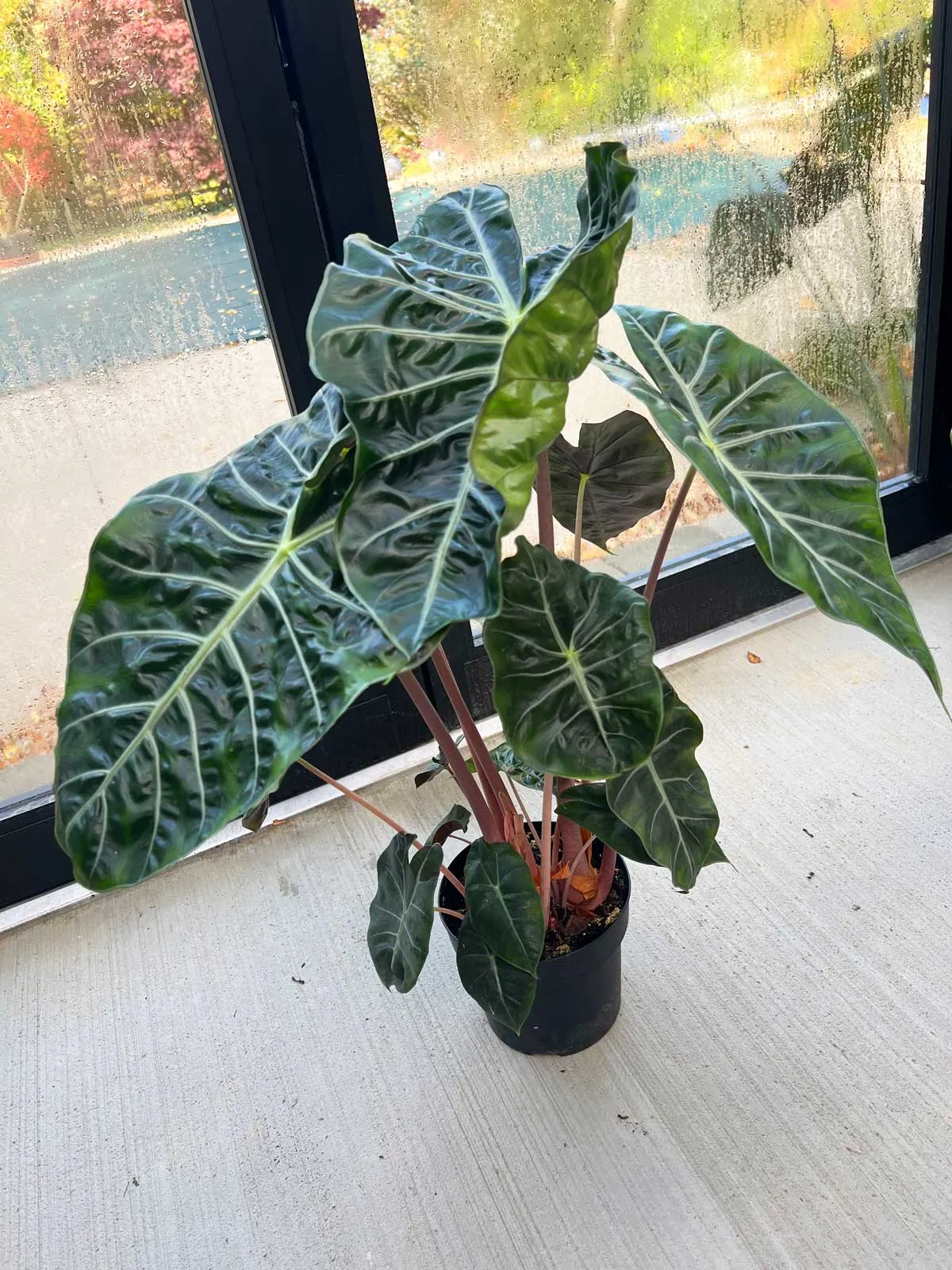
Kelly Herrington
Tuesday 17th of October 2023
Great article, very helpful for this beginner in alocasia plants
Raffaele
Wednesday 18th of October 2023
Glad you enjoyed it :-)
Steph
Friday 13th of October 2023
My cuprea has droopy leaves. They don't stand up like I see in pictures. They just droop as if the leaves are too heavy for the stems. It has 4 leaves currently, one being new. It's in an East window and I water when the top couple inches are dry. I have not been consistent with fertilizer so maybe that's an issue.
Raffaele
Friday 13th of October 2023
There are a variety of reasons why that might happen, but it sounds like your plant is still growing well. It's hard to say though without seeing a photo. If it looks healthy otherwise, I wouldn't worry too much!
Carlos W Koltes
Friday 6th of October 2023
Thank you for all the useful tips and links. They're very much appreciated. The only aspect left out is repoting,. l assume is the same as with all other Alocasias but in terms of information, it seems that aspect was left out.
I love everything about your very helpful website, l thought l'd offer some critical, positive feedback as you guys suggest.
Raffaele
Friday 6th of October 2023
Thanks Carlos for the feedback! We'll make a note.
Shell'e
Friday 1st of September 2023
I have a cuprea and its pretty gorgeous, thinking about transporting it to leca maybe, what do you think
Raffaele
Friday 1st of September 2023
It should be a good fit for LECA!
Teresa Rogers
Saturday 11th of February 2023
You have been so helpful. I do not like to use cover pots because I can easily miss how much drainage accumulates in the bottom of the pot. Today I removed the wet soil from around the plant and replaced it with new soil. I'm hoping that I didn't shock it too much. I am going to invest in your suggestions for soil and fertilizer. I have 5 different types of alocasia including the large pink stemmed one. These plants are definitely some of my most favorite. If you have any more suggestions I am eager to listen and learn. 🍀
Raffaele
Sunday 12th of February 2023
So happy that you find my site helpful Teresa! :-)